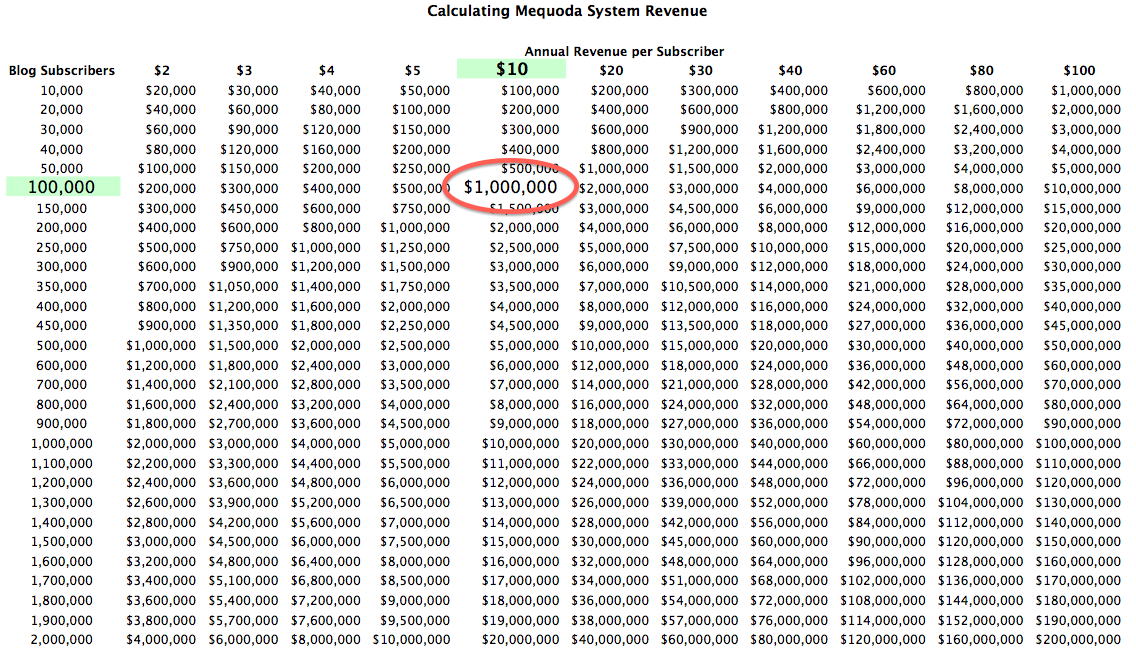For consumer marketers, there is perhaps no better audience development program than one anchored by a well-run audience development blog
I almost never meet a publisher who tells me their audience could not be larger. And for the most part, they are absolutely correct. Most niche media publishers never reach more than three to five percent of their target audience on a regular basis. And couple that with the fact that audience size is a direct driver of publishing revenue, you fuel the never-ending quest for audience development.
While many publishers use content to gain visibility by simply repurposing magazine, newsletter, and catalog content onto their websites, a growing number of savvy online publishers are taking the next step by adding an audience development blog designed to repurpose premium content in the form of tips, reviews, summaries, and other derivative formats.
A few of my favorite examples include Knitting Daily, HR Daily Advisor, Bible History Daily, Business Management Daily, and TSI Network. Each of these audience development blogs follows the four open content principles that define them as Mequoda Systems. They are content-driven, Google friendly, subscriber-centric, and part of a larger multi-platform marketing system.
Having helped build more than 100 of these systems, I’ve noticed that their operating economics are incredibly similar. Like most economic systems, there are two simple factors that predict revenue. The first is blog subscribers, and revenue per subscriber is the second. Unlike many legacy marketing and publishing systems, which involve print, it’s pretty easy to quantify audience size and revenue per customer. To avoid giving away any proprietary data and still give you an idea where your audience development fits in the overall scheme of things, I asked Laura Pittman to prepare a simple chart that shows all the possible combinations we seen over the past decade.

If I average the data for all the systems I’ve seen over the years, it comes out to around $10 per subscriber on a base of about 100,000 subscribers for total revenues of $1 million per year.
[text_ad use_post=”15014″]
Increasing total revenue
Most of my consulting and teaching practice centers on helping publishers improve revenue per subscriber by testing content formats, product offers, and sponsorship programs – which are part of the 12 Internet business models we’ve seen work again and again. Driving revenue per subscriber is the hard part. Building blog circulation has never been easier. We catalogued dozens of ways to increase website traffic using organic partners like Google, Twitter, Facebook, and so many others. Here are a few free white papers that will help you with the optimization process:
SEO Campaign Management Basics
Rapid Conversion Landing Page Optimization Guidelines
Audience development blogging
You may have noticed that I didn’t call this process editorial blogging; I called it audience development blogging. Over the past decade, it has become lucidly clear that this process performs best when it is part of the audience development or consumer marketing departments. Audience development blogging is not an editorial function. While some may think it is because the blogs that anchor the process must be high-quality service journalism, this is not the deciding factor. An audience development blog is measured using direct marketing metrics that include total circulation, revenue per subscriber, Google visibility, and a myriad of conversion and retention statistics. Further, each blog post and its related e-mail, RSS, Twitter, and Facebook derivations are exercises in repurposing premium content from books, magazines, videos, and other premium sources with the goal of gaining visibility, audience, and the sale of premium information products.
One of my clients has moved their audience development blogging program from editorial, to marketing, to editorial, and back to marketing over a period of four years. The results have been as hard and clear as gorilla glass. Every key metric from visibility and total circulation, to retention and revenue per subscriber has been much higher when the program has been part of the consumer marketing department. Put simply, audience development blogging is marketing, not editorial.
Happy blogging!


